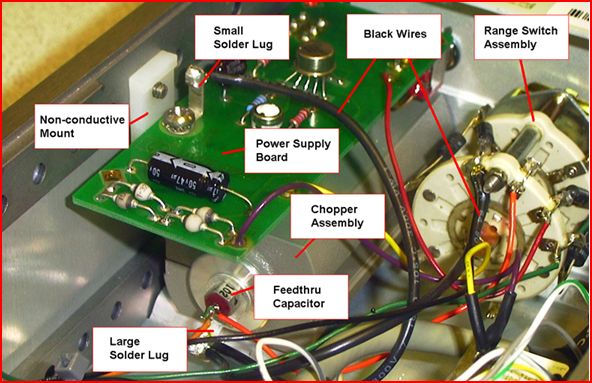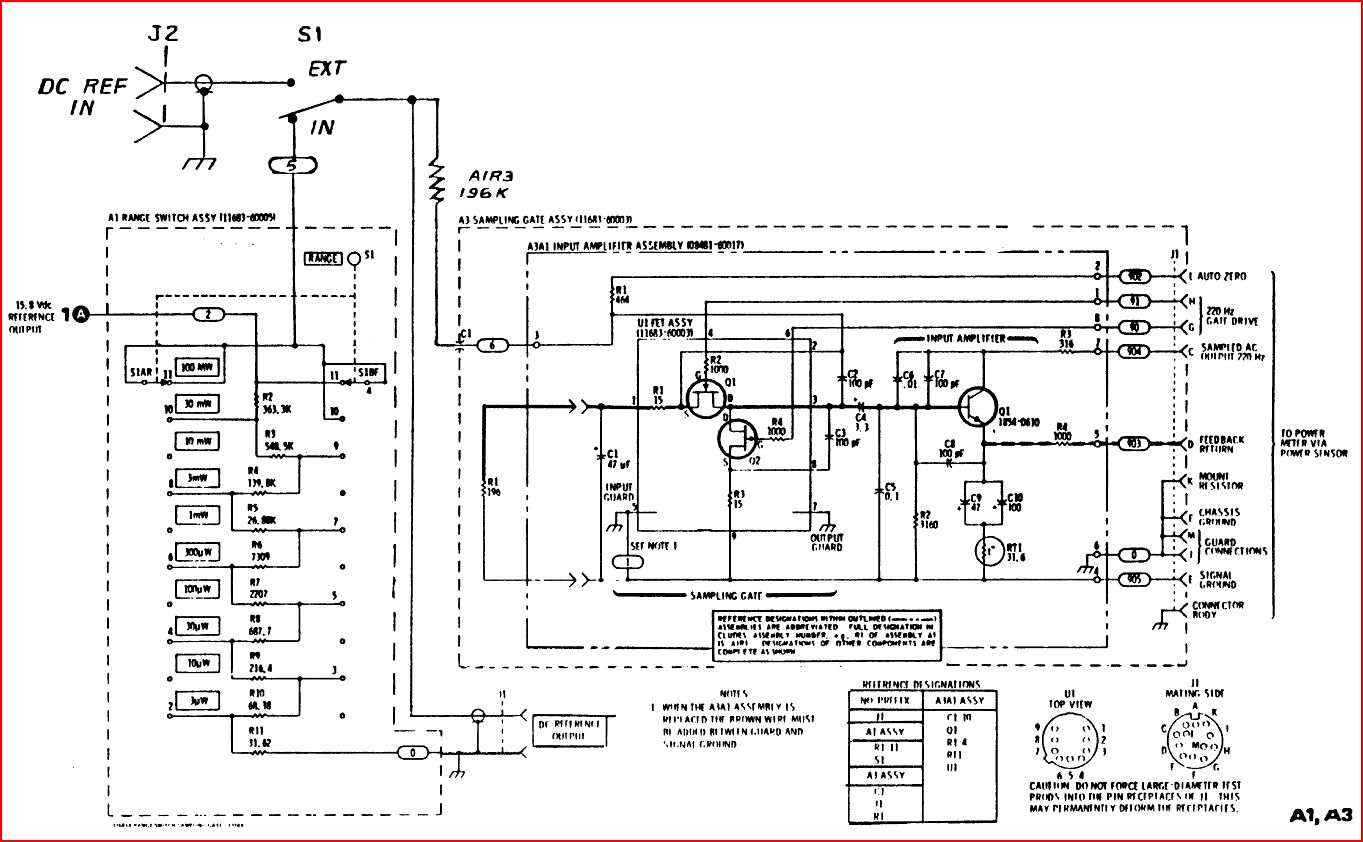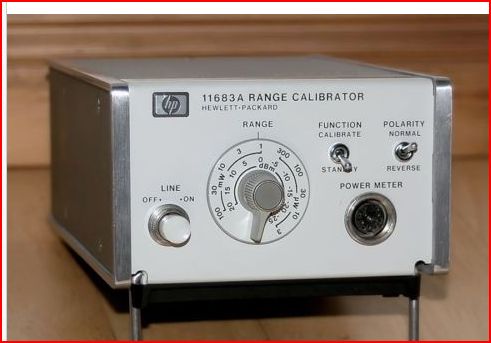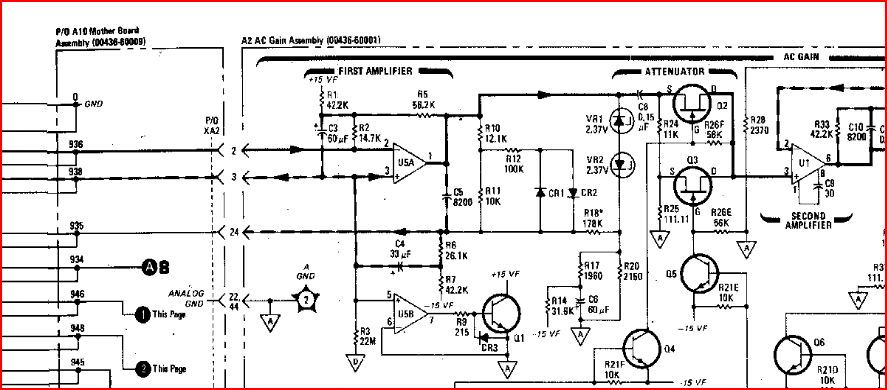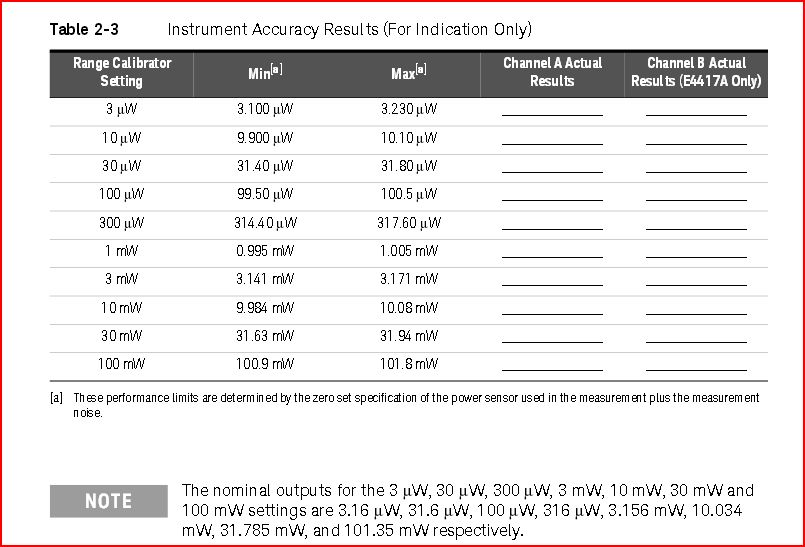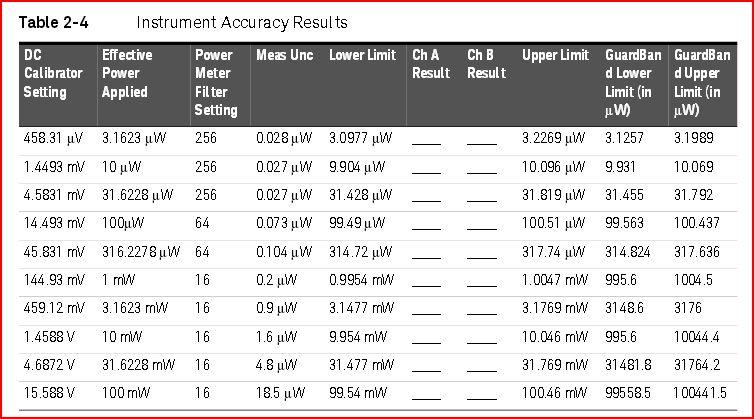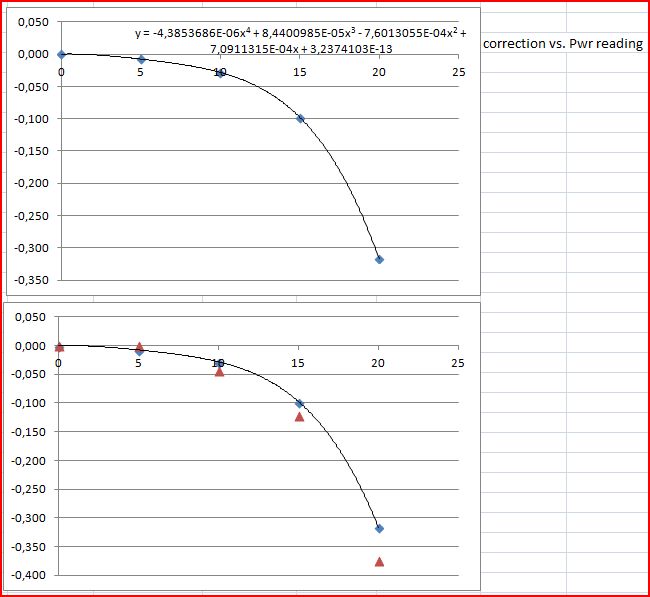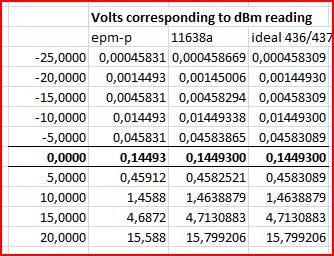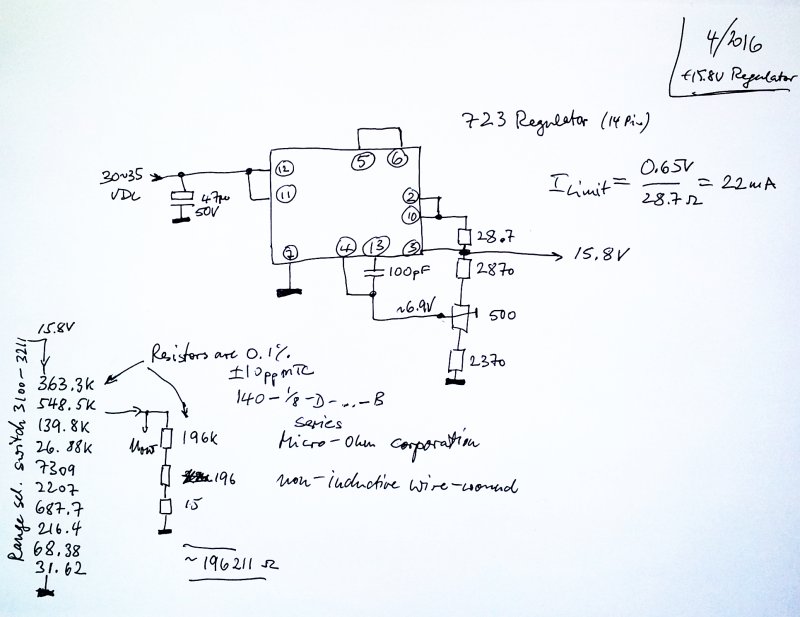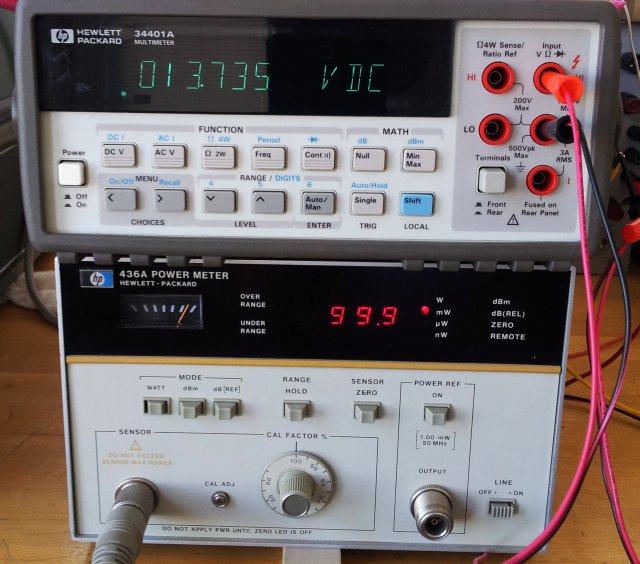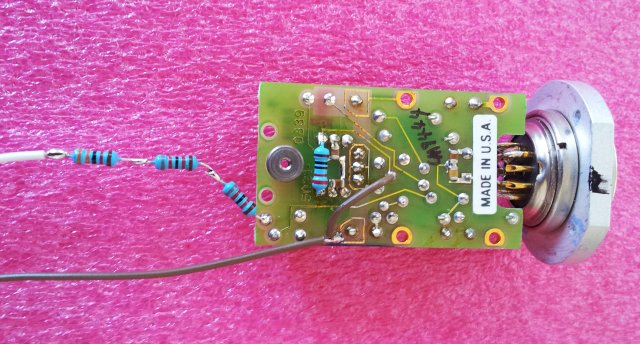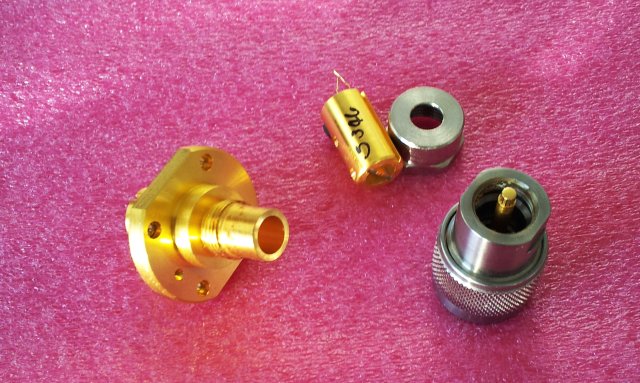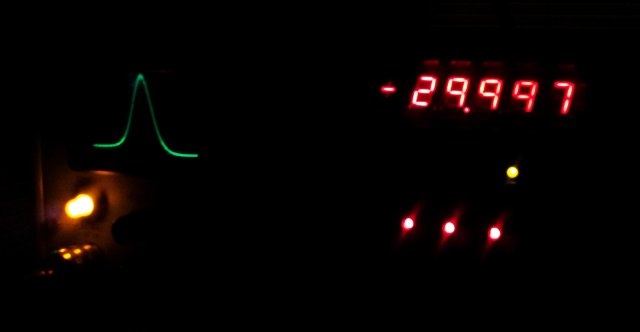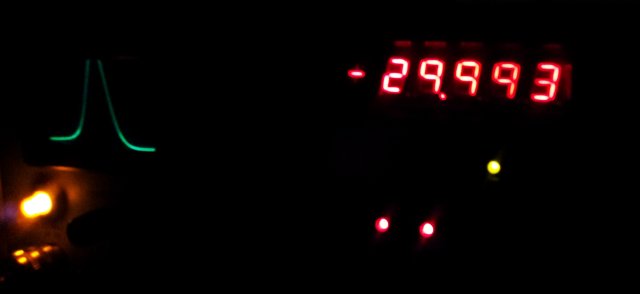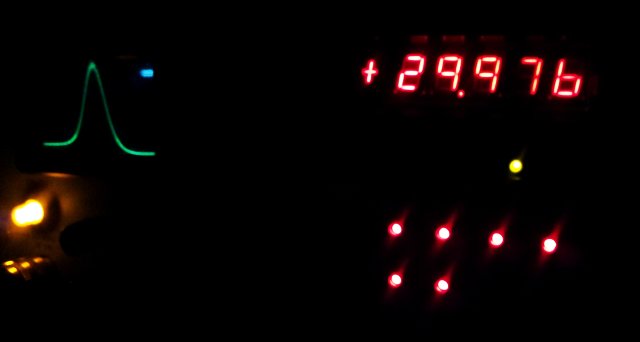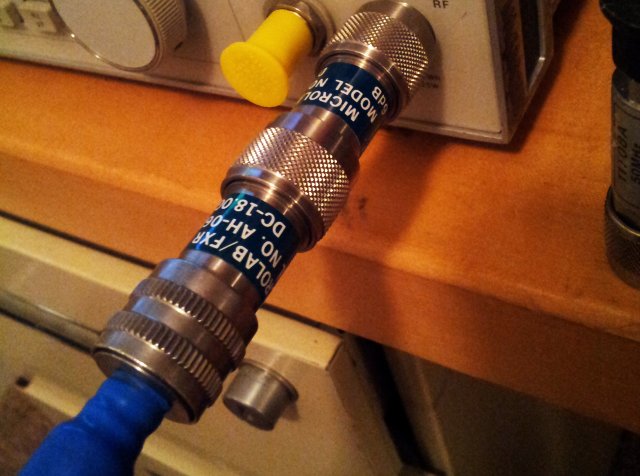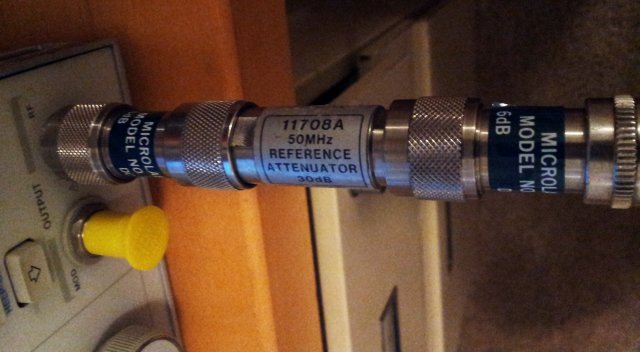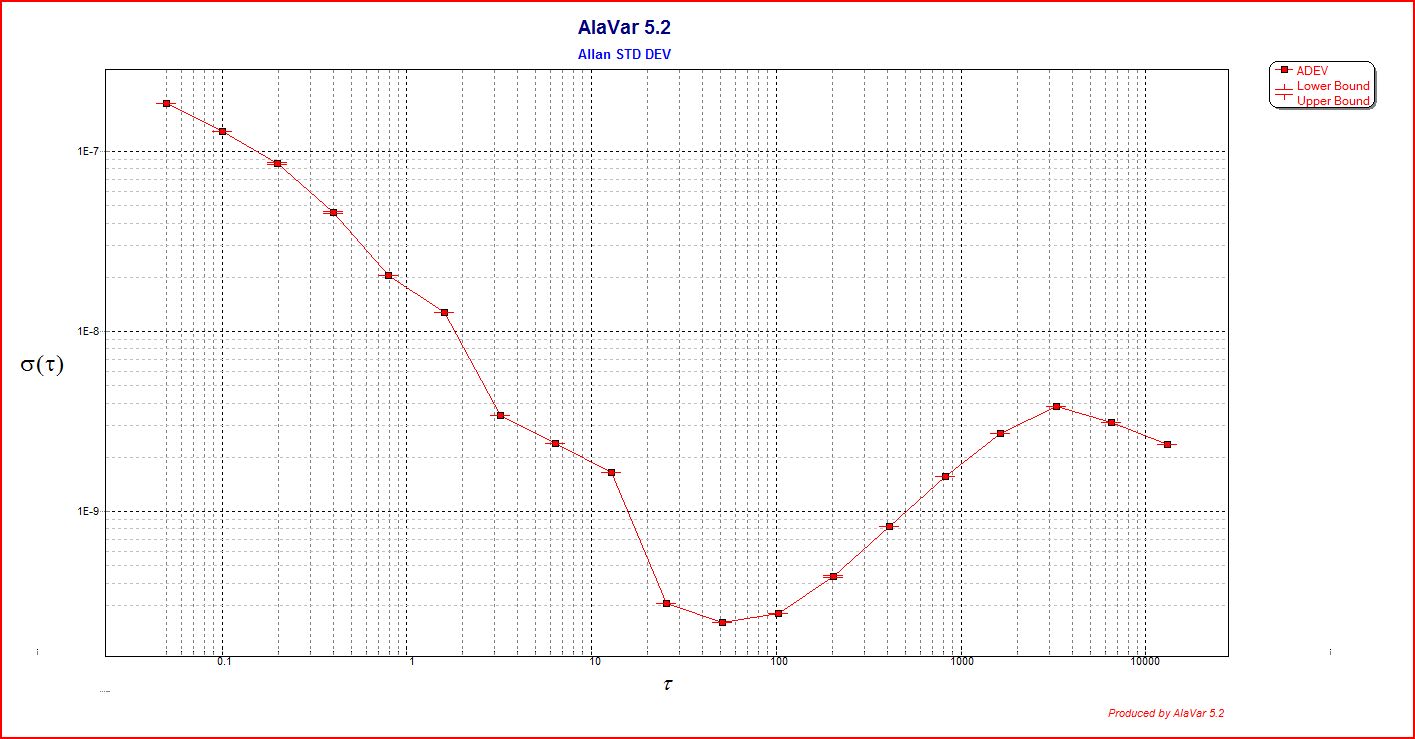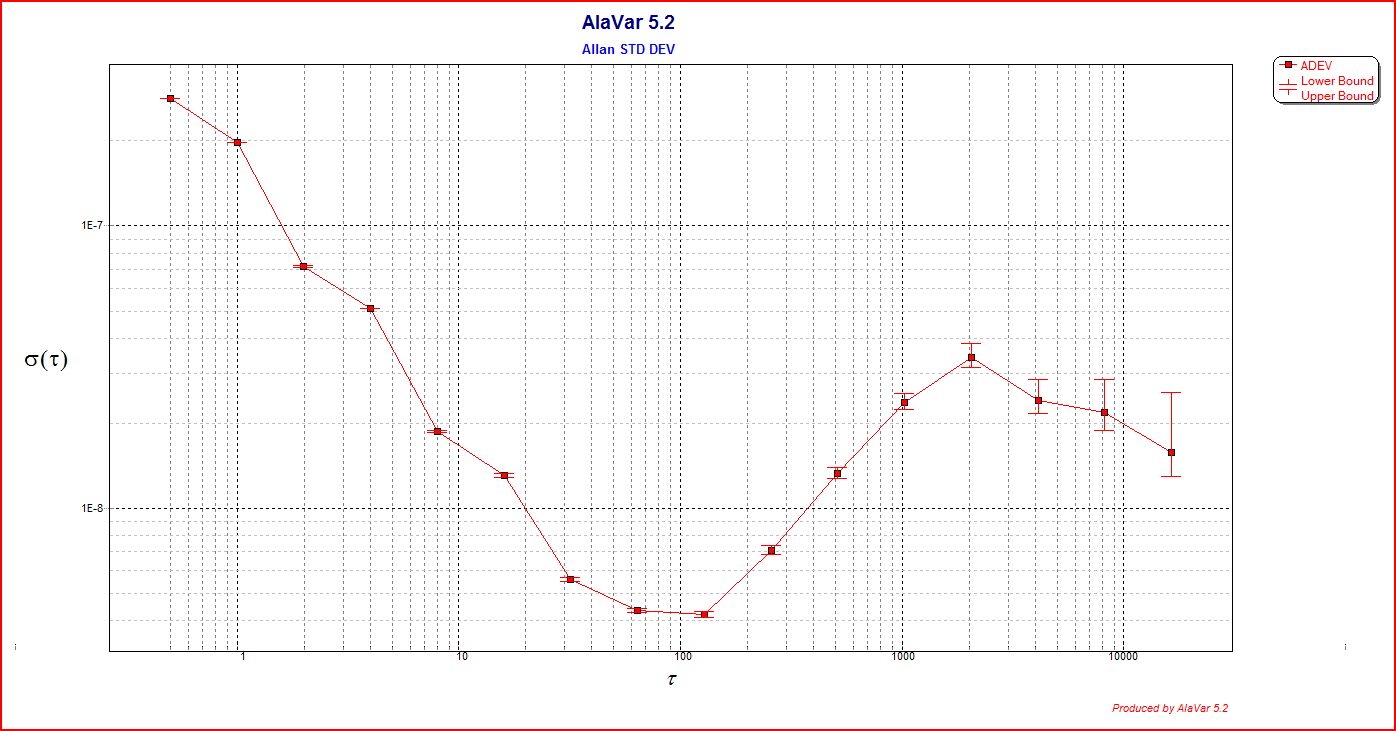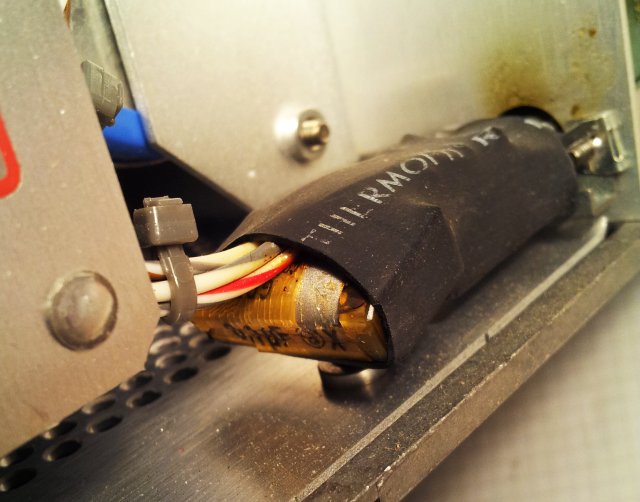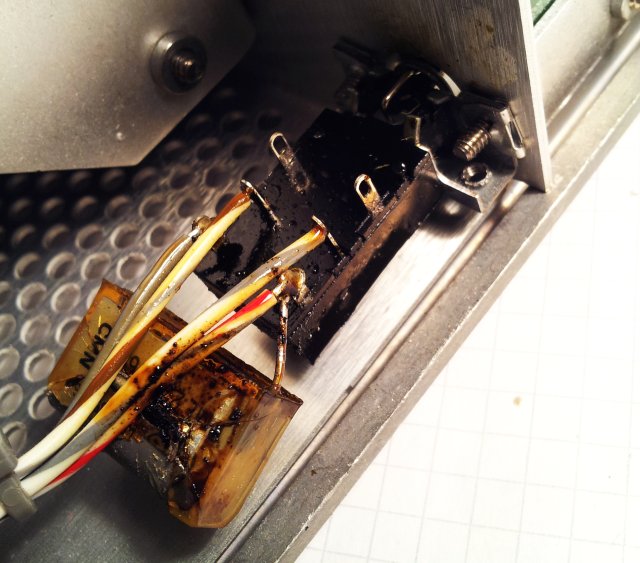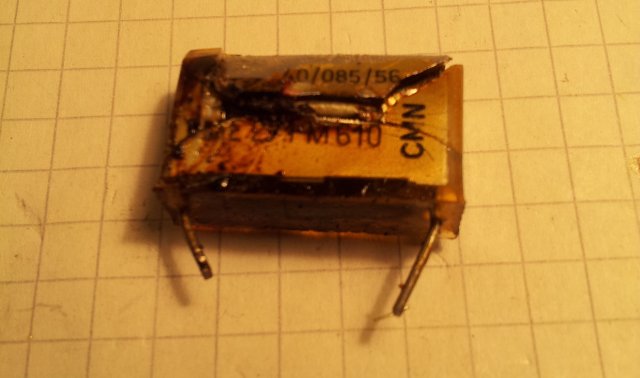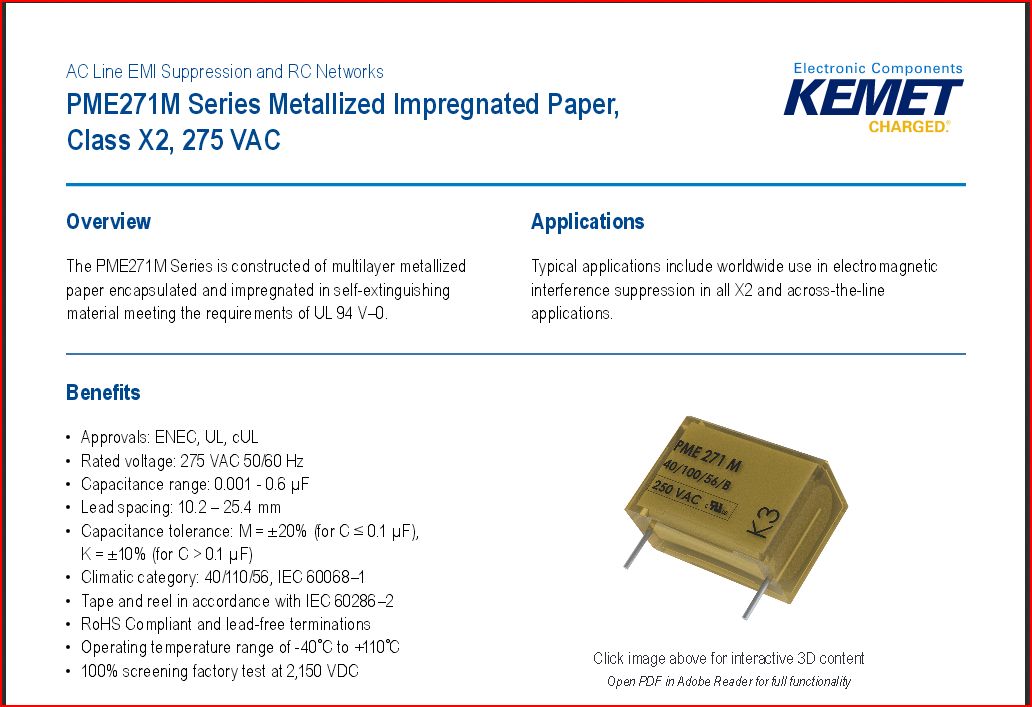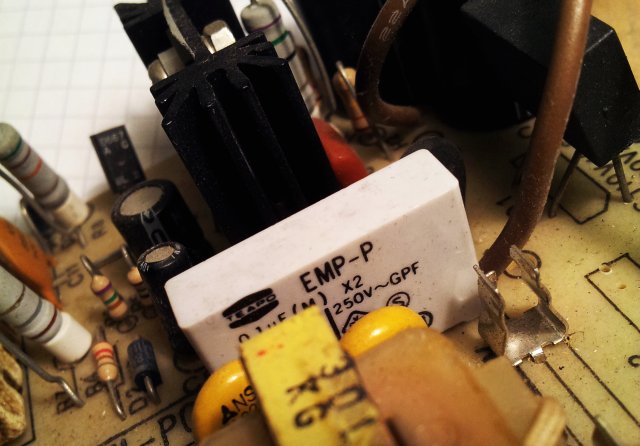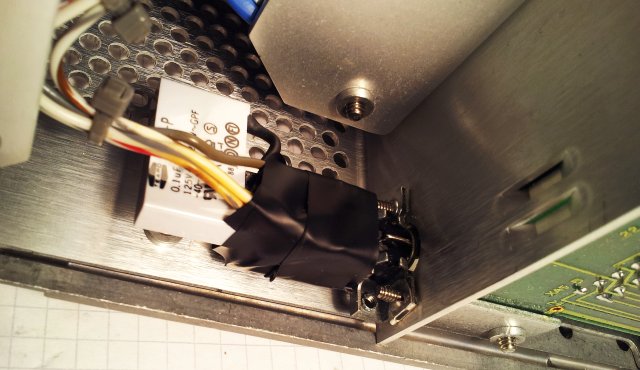With all the various HP power meters for repair, it would be really handy to have a range calibrator, HP Agilent Keysight 11683A. These have been around for 40+ years – any still not easy to find at any reasonble price – even used and non-calibrated units may be as much as 500 to 1000 USD. You can still buy it new:
The internals, check out the picture provided by Keysight – there is a modified 8481a power head (using the same FET chopper assembly), a range switch using high quality 140 series Micro-Ohm non-inductive wire-wound resistors (0.1%, +-10 ppm temperature coefficient).
Note that the schematic shows the H01 option – which allows an external DC connection, from a calibrated DC source. This is much preferred over the build-in power supply and resistive divider (which has known issues at low output voltages). The design of the 11683a also has some ground loop issues, better to just leave it disconnected from mains, and supply the DC voltage from a known-good source.
These issues are known to the experts of the field, see, e.g., this comment from the Keysight EPM-P power meter manual.
Now, a very complicated issues with the range calibrator – it’s output isn’t strictly linear over the dB range, because the power meters have a shaping circuit, to compensate for the somewhat high output of the 8481A and similar sensors, above about 5 dBm of input power. Accordingly, the sensitivity is reduced for this range.
Furthermore, the 11683a has ranges labelled in mW, e.g., 3 mW, but the output actually is calibrated in 5 dB steps…. so the output power is more like 3.16 mW, etc.
To figure this all out, a thorough calculation has been done, considering the FET input impedance, the resistive network, and the range switch.
At the 10 mW and 100 mW ranges, calibrations applied in the 11683A (and the 43x series power meters) were determined to be different from the newer EPM-P meters – quite surprising. The reason for this difference of the older meters, to the new EPM-P meters is rather hard to guess, but thanks to a kind engineer at Keysight, we now know: the EPM-P meter reacts differently to the 11683A (because it measures in virtually one range), in contrast to the 43x series meters that have several ranges. So, there is no difference in the actual power meter calibration, it is just a difference needed when considering using the 11683A for either 43x or EPM-P meters, because of the different response to the level calibration, but not actually different response to the power head when measuring actual RF power.
This table has the voltages that should be provided to the calibrator, depending what you want to do – (1) calibrate a EPM-P meter, (2) calibrate a meter “simulating” the acutal 11638A range switch voltages, (3) calibrate an old 43x power meter, with corresponding scaling factors for 10 mW and 100 mW ranges.
A quick scheme of the 11683A power supply, and the clear-written resistor values, which are not so clearly seen in some of the schematic copies.
Now, how to get a 11683A range calibrator at reasonable cost? Turns out, you can build your own from one of the many defective 8481A that are around in most labs, and on xbay. Well, in fact, most “working” powerheads sold only for below USD 100 are dead anyway… but this is different story. These powerheads hardly ever have any issue with the copper and FET boards, but in most cases, the thermistor is dead, blown by too much input power.
The modification – a wire has to be added to connect signal and guard ground (brown wire), and a 196 ohms resistor soldered over the FET input (I used a 220 ohm resistor for the test, but will replace one 196 ohm on hand). Also, you need to add a 196k resistor to the input, according to the 11638A schematic (this can be assembled from some other resistors, if no 196k in stock).
Make sure not to bend the wires – this can affect the FET chopper balance (see 8481A or 11683A service manual to re-adjust if needed).
The input is currently still arranged with open wires, but I will fit a 1n feedthrough cap soon – will modify the original N-connector (the golden part holding it). But this will need to be done back at the main workshop in Germany – need to use a lathe for it.
Some test results will follow soon – but so far, everything is working just fine.


